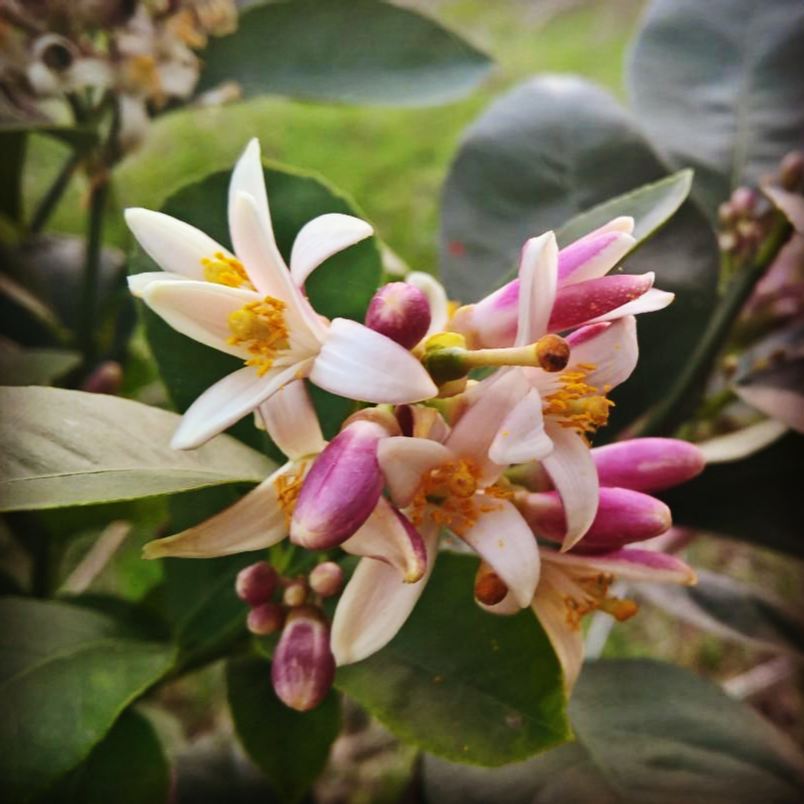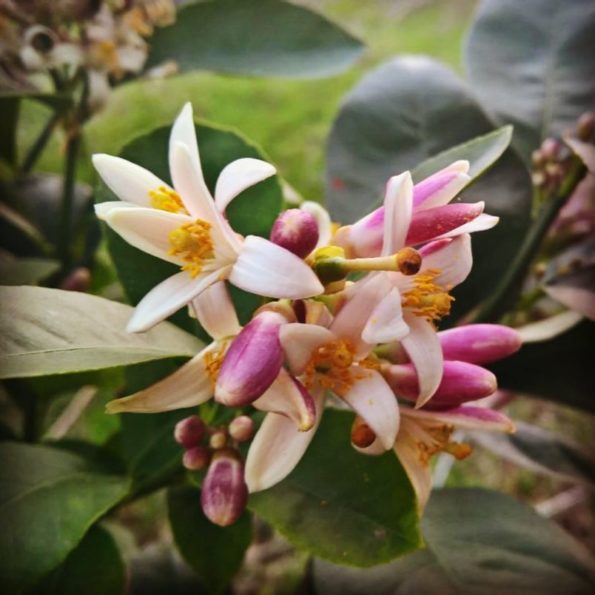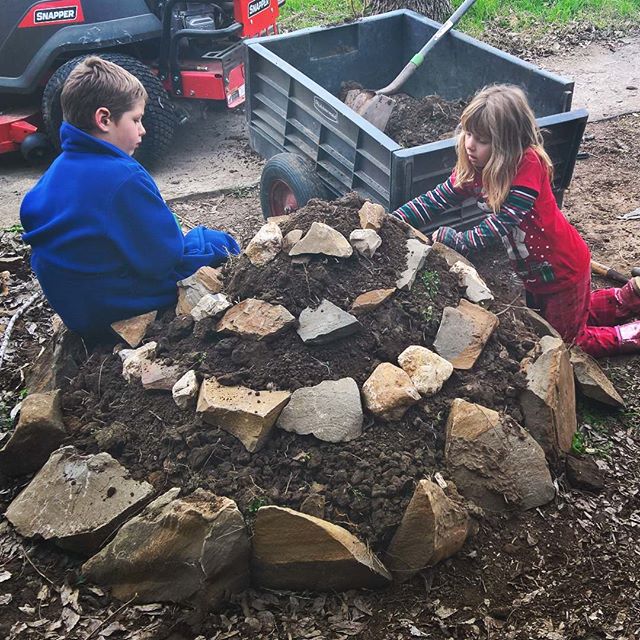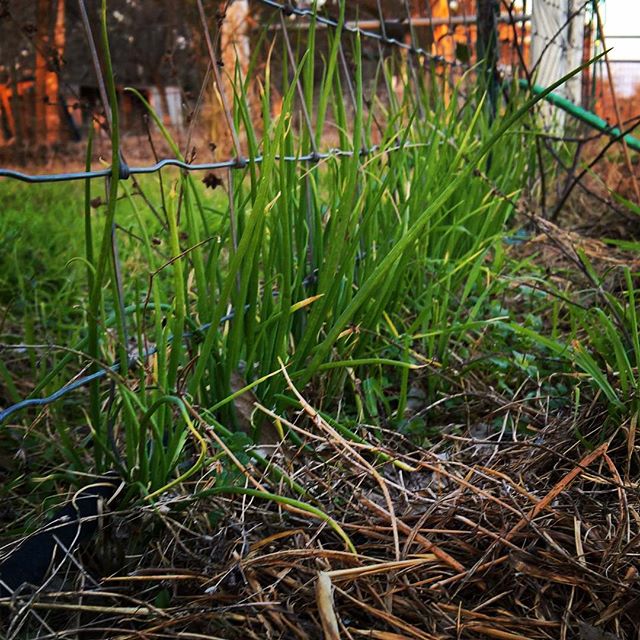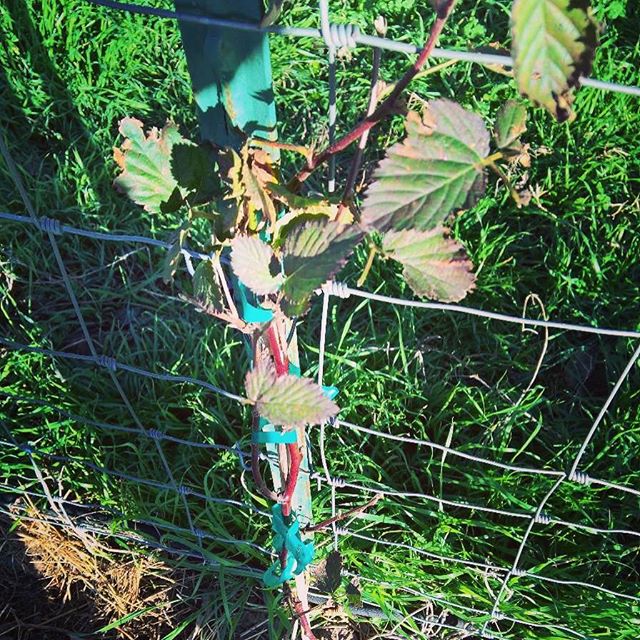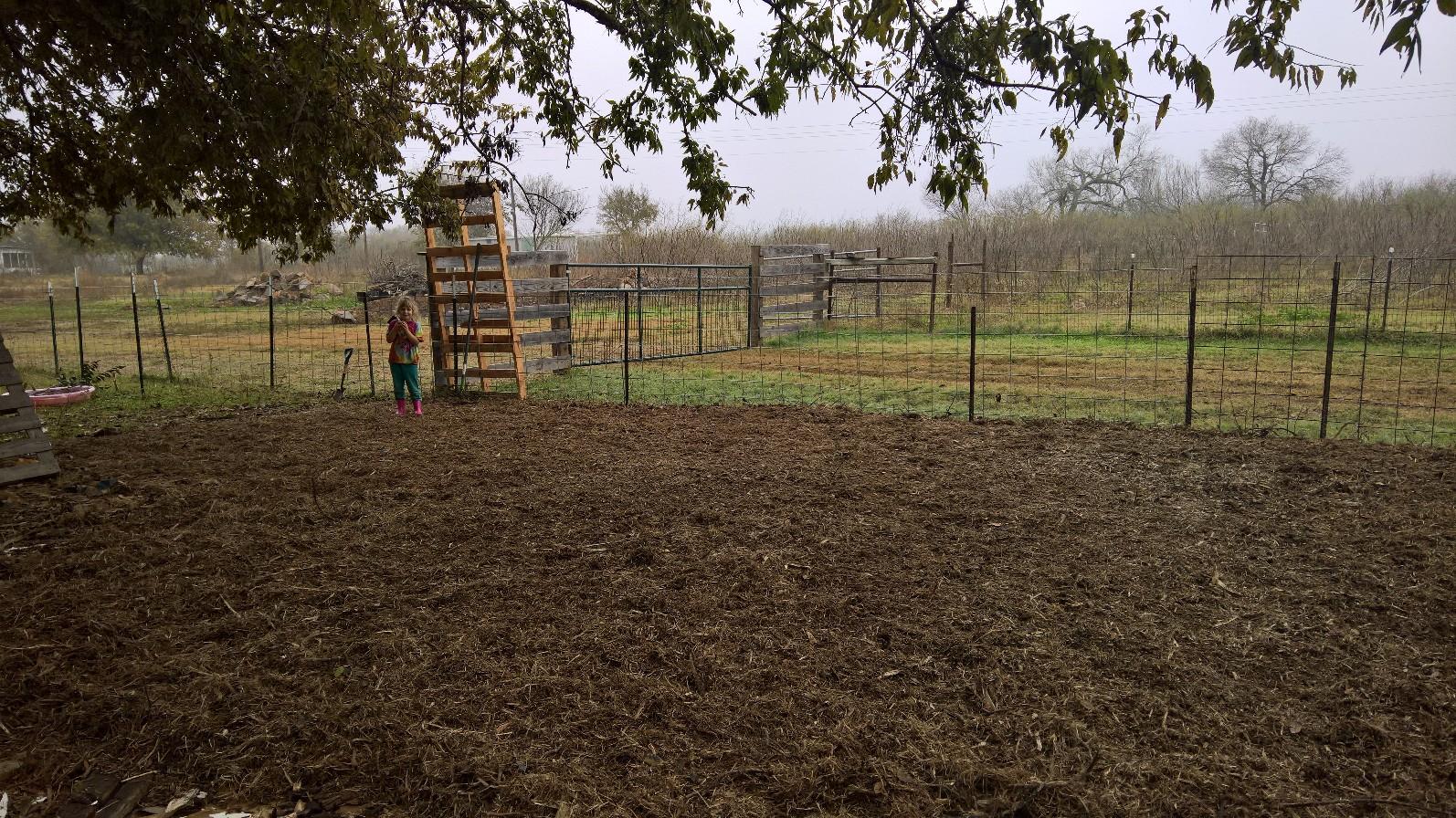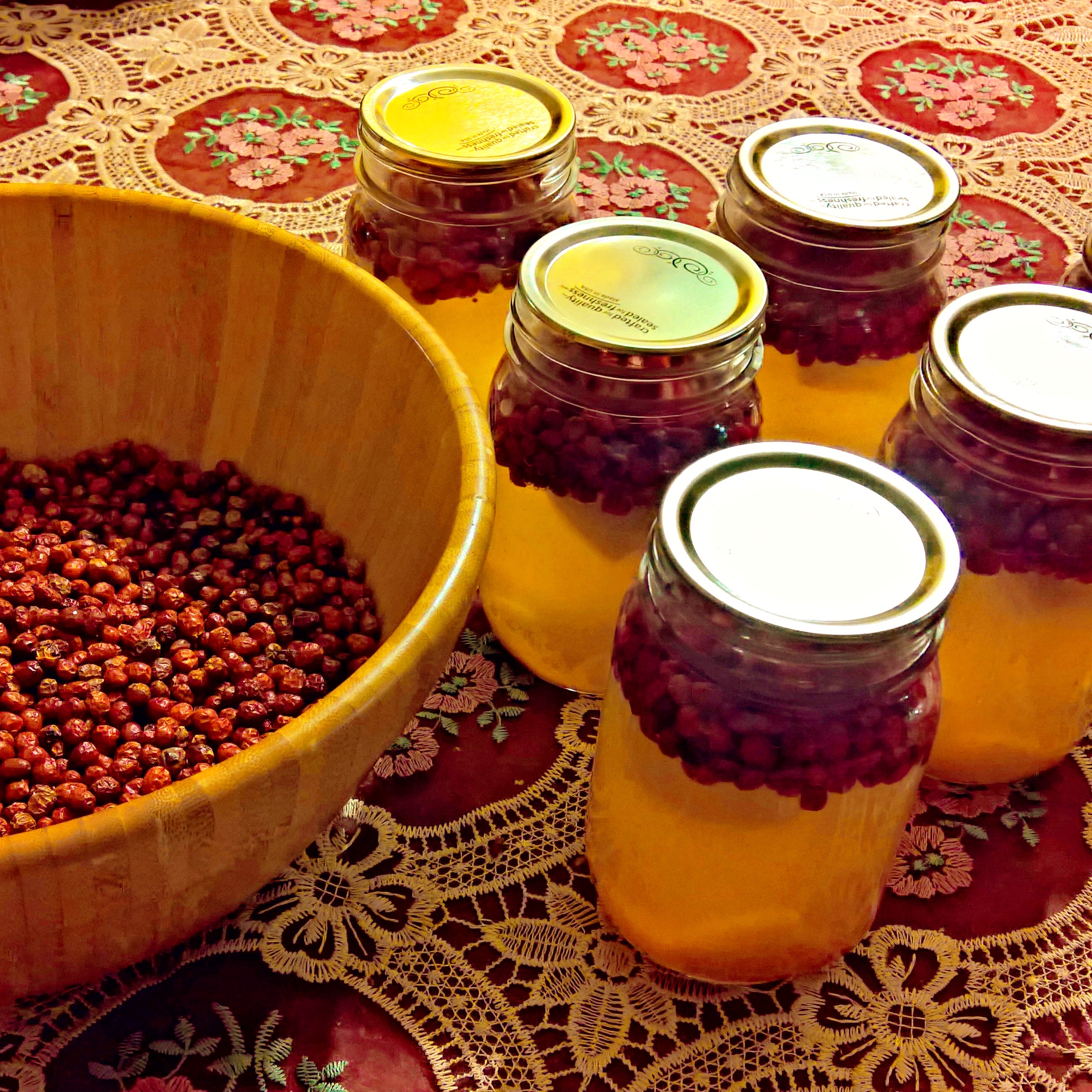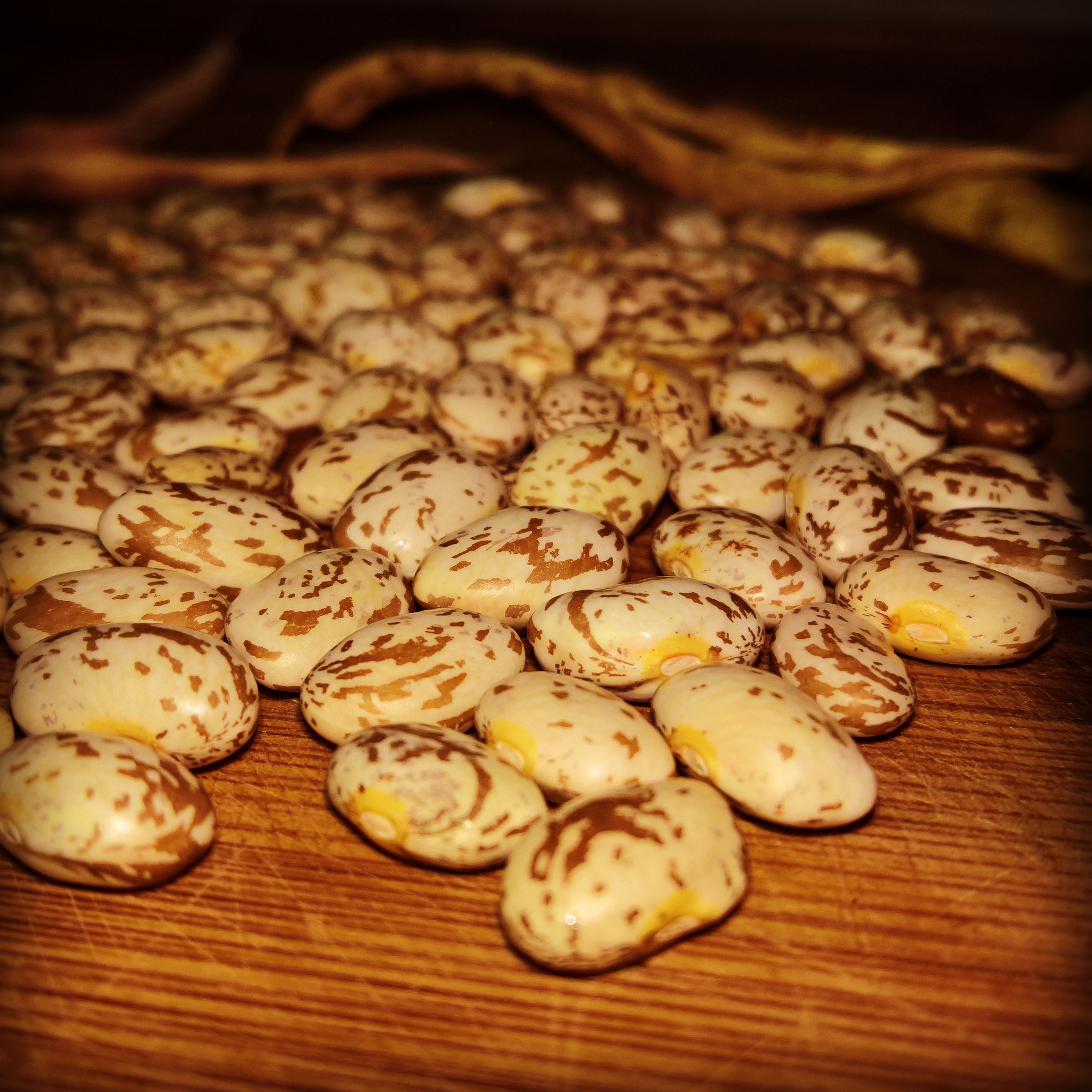When is the best time to plant a tree? 10 years ago. When is the second best time to plant a tree? Right now.
We consume a lot of lemons – at least 2 a day! So naturally, one of the first plantings we had was a Lemon Frost lemon tree. It was a beautiful fruiting tree, we were able to harvest a couple of delicious lemons off it before it snapped off about 6 inches above the ground. It was a sad day, but I learned that the Frost citrus family of trees is sprouted from seed, not grafted, so provided the tree heals and regrows, we should have some more fruit from it in a couple of years. I also saved the seeds from the lemons that we used, and will be attempting to sprout them, too. In 10 years, I’m sure I’ll be glad I did it.
But in the mean time, in order to help defray the cost of our lemon consumption, I got another tree in the ground this Spring. I looked for another Frost, but they are hard to come by (thank God I saved my seeds!). The Meyer Lemon, however, is gaining popularity, and is sold in abundance. I like these sweeter lemons, but I was unfamiliar with the beauty of the tree. The tiny purple clusters remind me of the flowering Mountain Laurel, but slowly, each tiny purple bulb is blooming, and the flowers are intoxicatingly fragrant. The tree is attracting butterflies and bees, and all other manner of pollinators. Yay! I may have to pick up another 2 or 3 and get a grove going.
